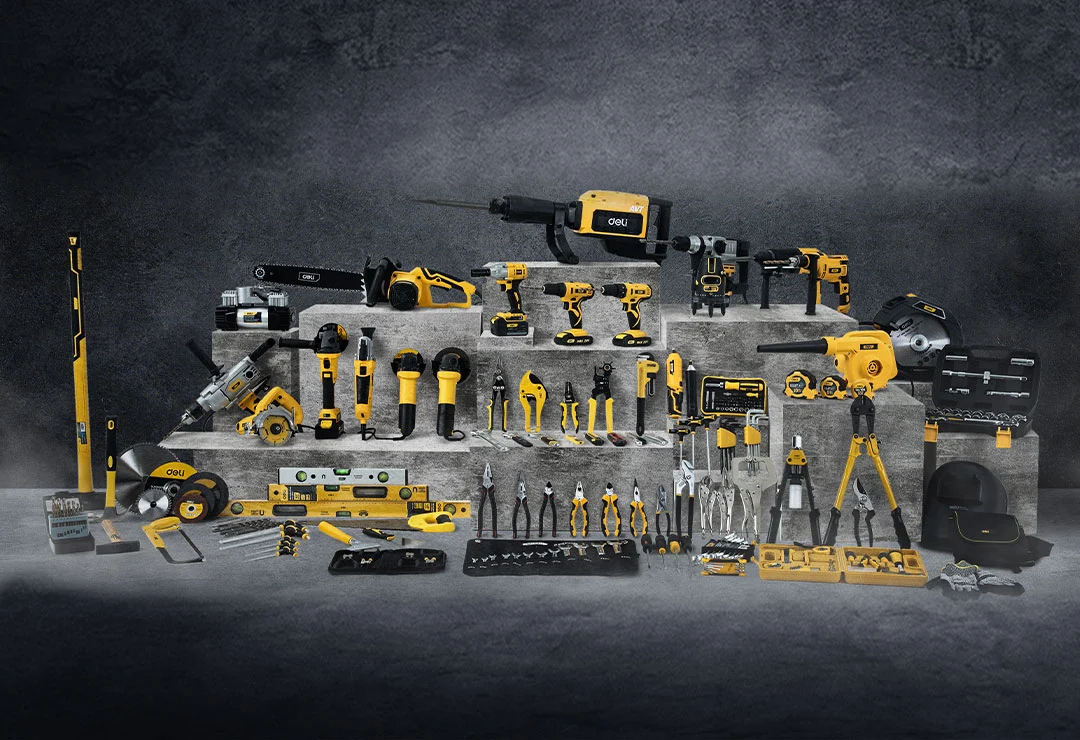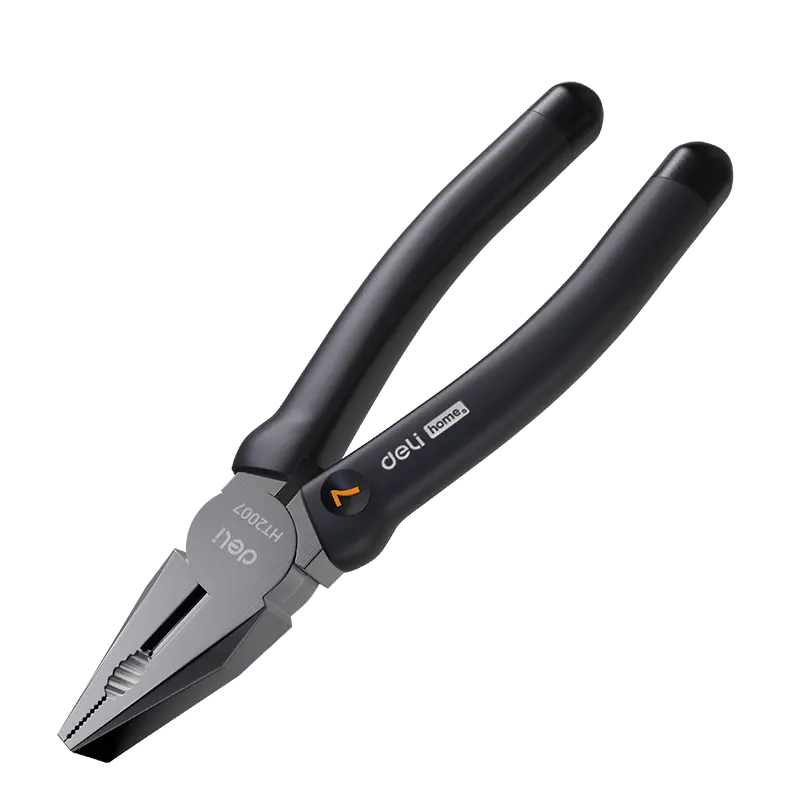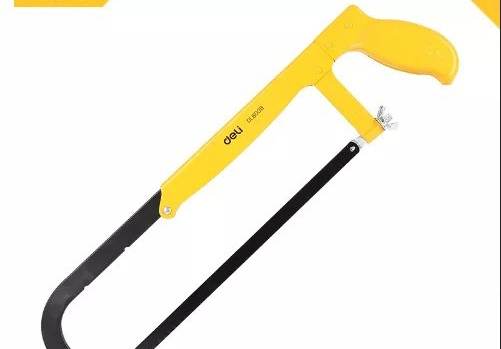In the realm of hand tools, the hand tool plier stands out as an indispensable instrument in both household and professional settings. Its mechanics and design cater to a variety of tasks, making it a cornerstone in the toolkit of any adept individual. Understanding how a hand tool plier operates not only demystifies its functionality but also enhances its utility in practical applications.
The Fundamental Mechanics of Hand Tool Pliers
At its core, the hand tool plier from hand tools manufacturers in China is an example of basic engineering that leverages simple mechanics to achieve substantial force and precision. The design of hand tool pliers incorporates a fulcrum, jaws, and handles which work in harmony to grip, twist, cut, or bend materials with remarkable ease. The fulcrum, positioned near the pliers' jaws, optimizes the force exerted by the user, translating it into a greater force at the gripping end. This principle allows for efficient operation, minimizing effort while maximizing output.
Types and Applications of Hand Tool Pliers
Hand tool pliers by the professional pliers factory come in various forms, each tailored to specific tasks. For instance, needle-nose pliers excel in precision work, gripping small objects, and reaching into tight spaces. Conversely, wire strippers, a specialized type of plier, are designed to remove insulation from electrical wires without damaging the conductor. Similarly, locking pliers can be adjusted to grip objects of various sizes securely, providing an extra hand when needed. The versatility of hand tool pliers underlines their utility in a wide range of applications from electrical work to jewelry making.
The Role of Material and Design in Functionality
The functionality of hand tool pliers is significantly influenced by their material and design. High-grade steel alloys are commonly used for manufacturing pliers, ensuring durability and rust resistance. Moreover, the ergonomic design of the handles plays a crucial role in providing comfort and reducing fatigue during prolonged use. Some models feature rubber or plastic coatings on the handles for improved grip and insulation, further enhancing their utility in electrical tasks.
Maintenance Tips for Longevity and Efficiency
To maintain the efficiency and extend the lifespan of hand tool pliers, regular maintenance is essential. This includes cleaning the pliers after each use to prevent rust and storing them in a dry place. Additionally, applying a light oil to the joints can keep the movement smooth and prevent stiffness. Checking for wear and tear, especially on the cutting edges, and seeking timely sharpening or replacement can also ensure that your hand tool pliers remain in top condition.
In conclusion, the Deli hand tools plier is a marvel of simple yet effective mechanical design that has found its place in various fields due to its versatility and reliability. By understanding how it works, users can maximize its potential, making it an even more valuable asset in their tool repertoire. Whether for professional tasks or household repairs, the hand tool plier exemplifies the ingenuity embedded in everyday tools.






 EN
EN
 jp
jp  ko
ko  fr
fr  de
de  es
es  it
it  ru
ru  pt
pt  ar
ar  vi
vi  th
th  hi
hi  pl
pl  id
id  el
el 





